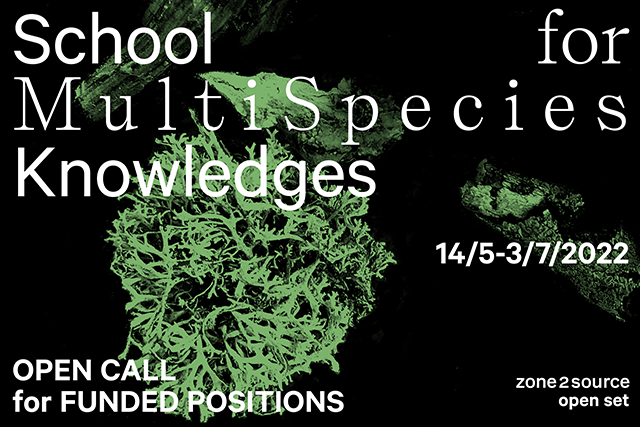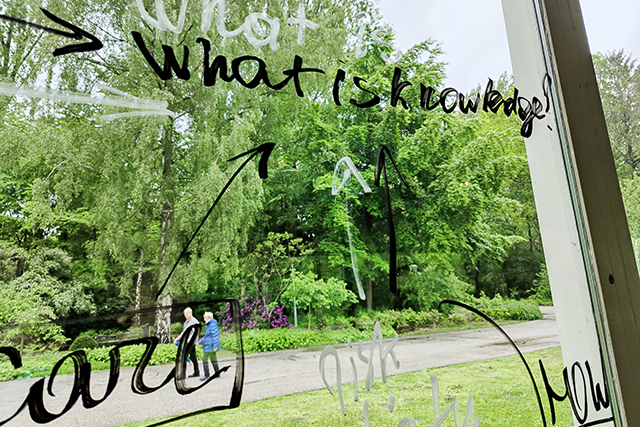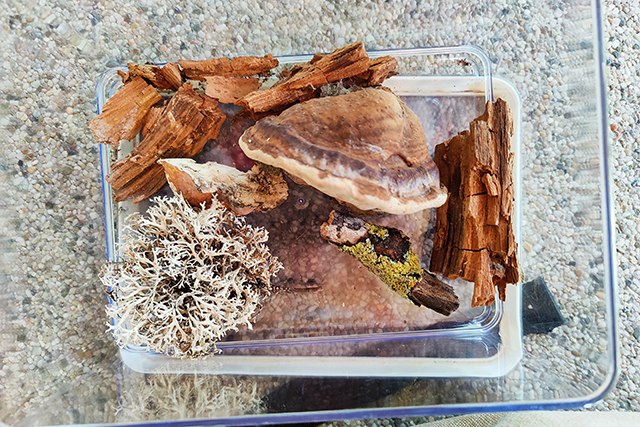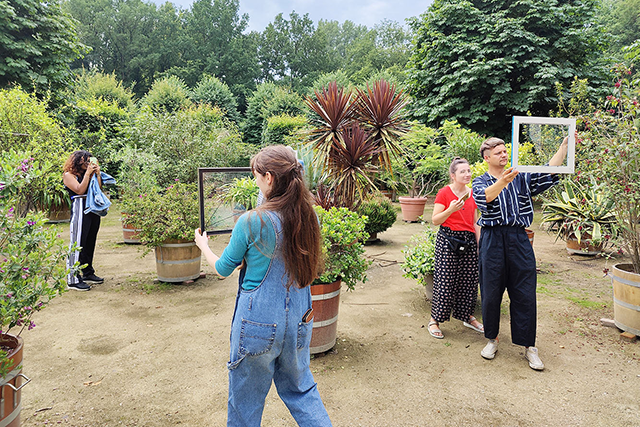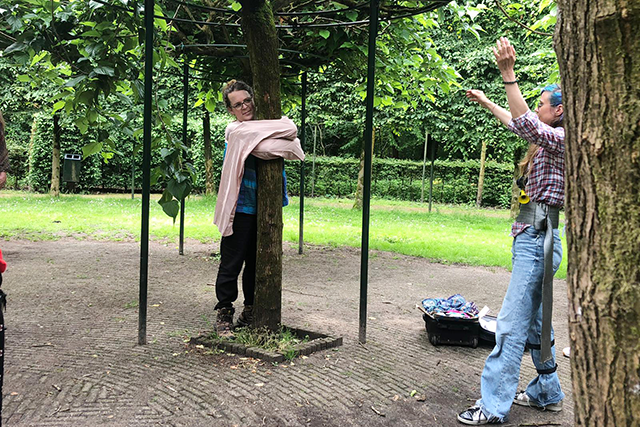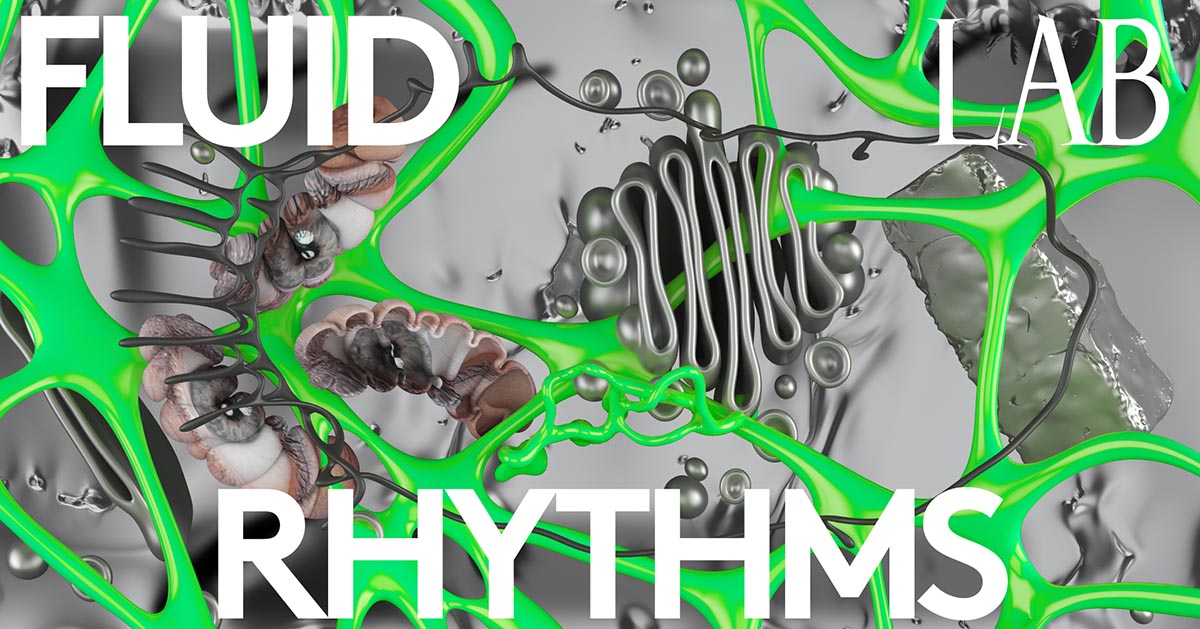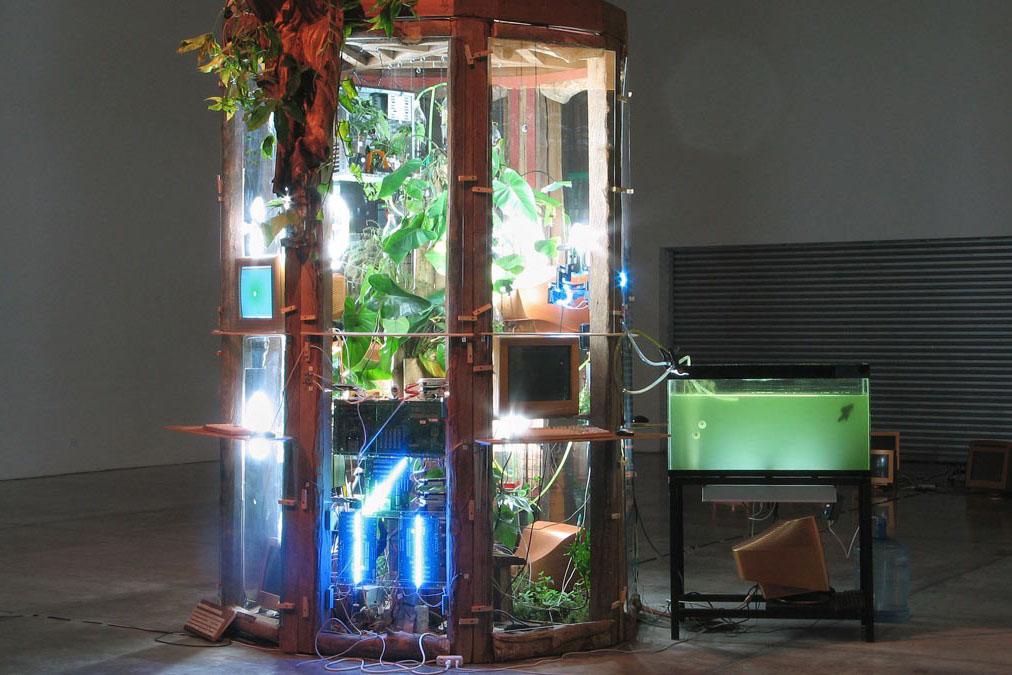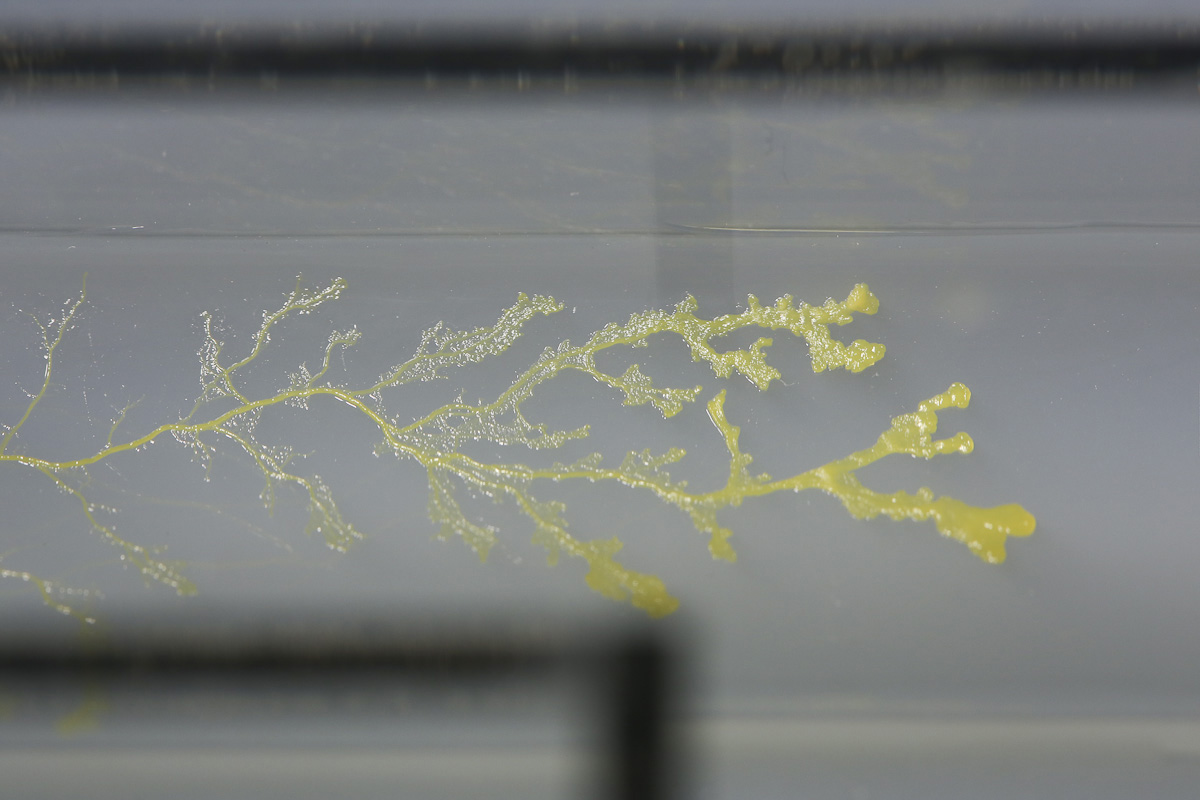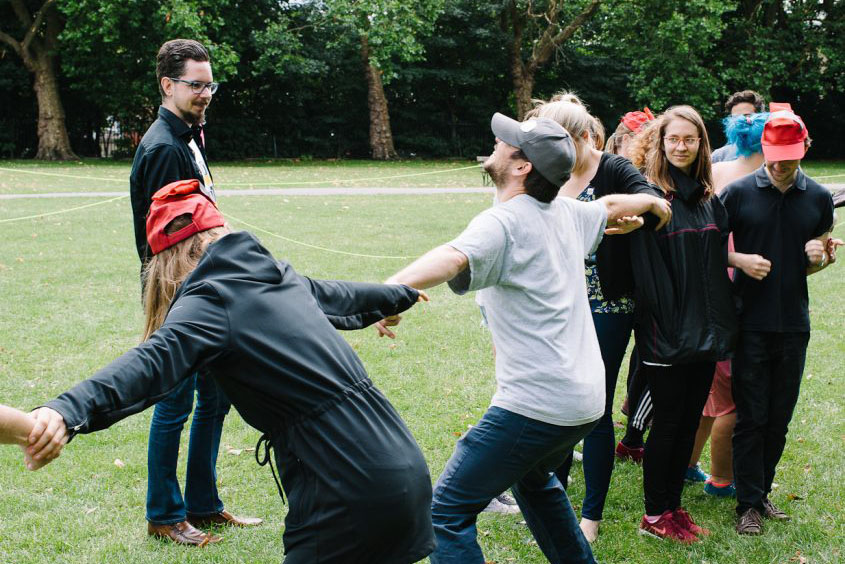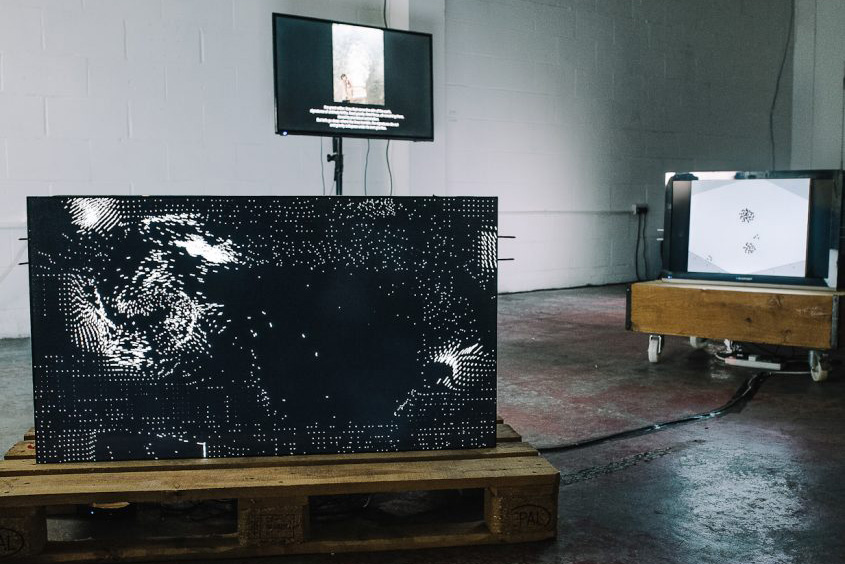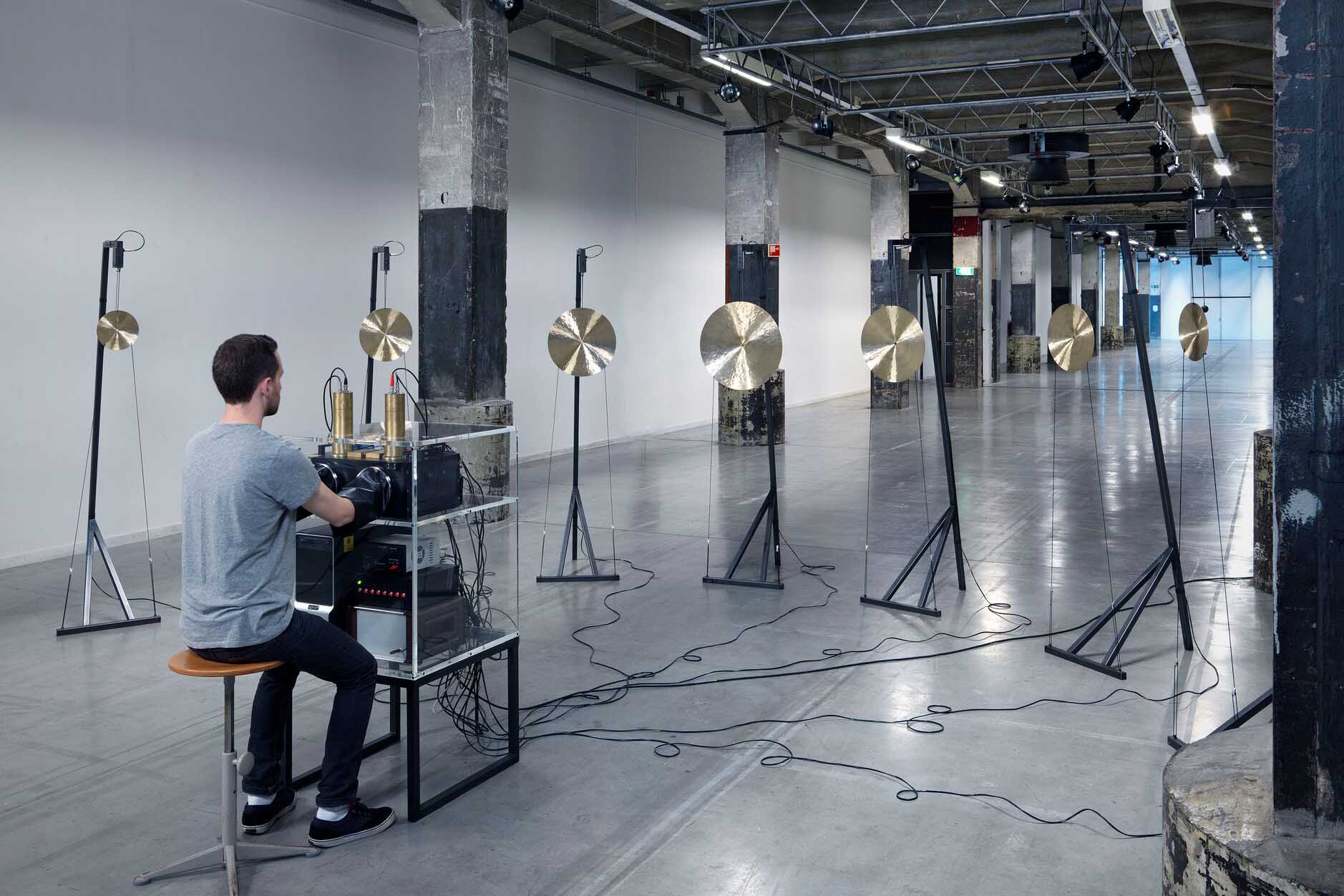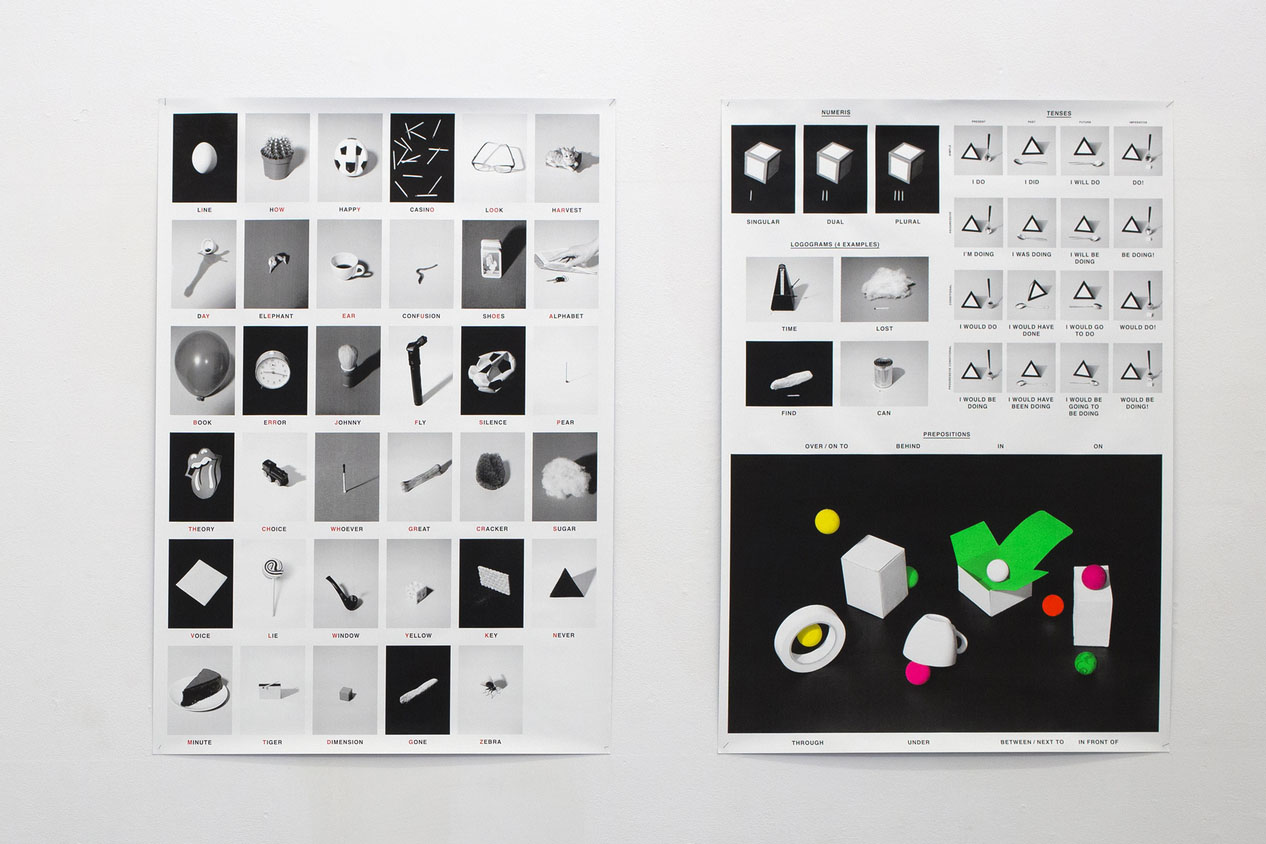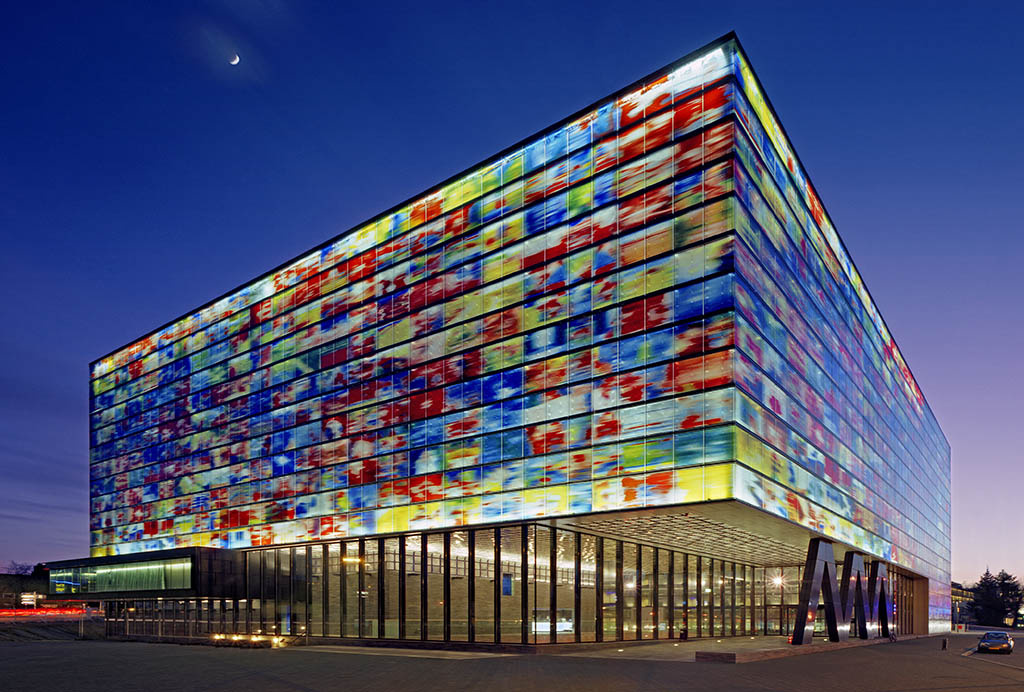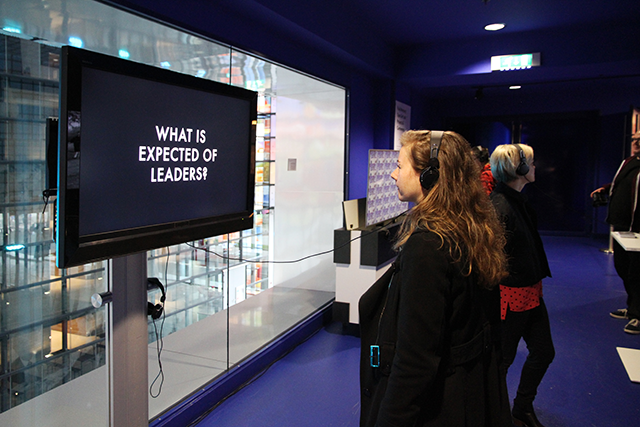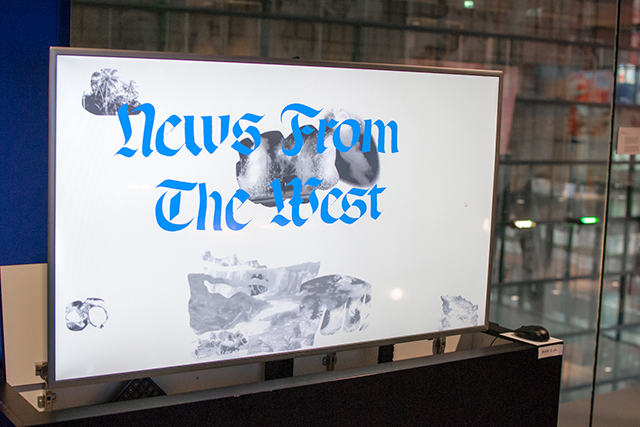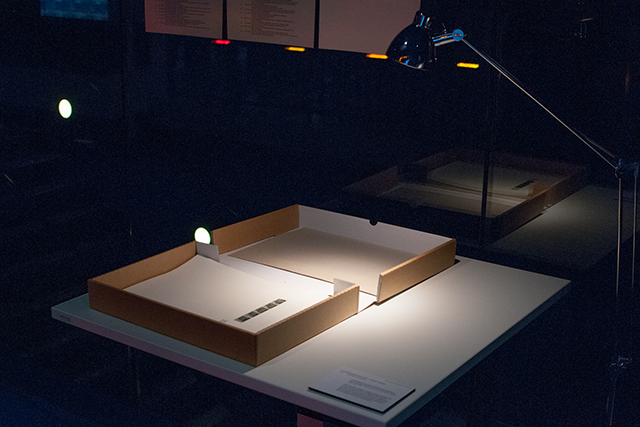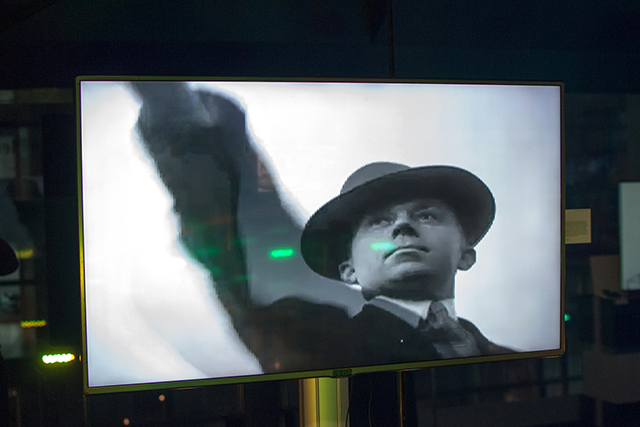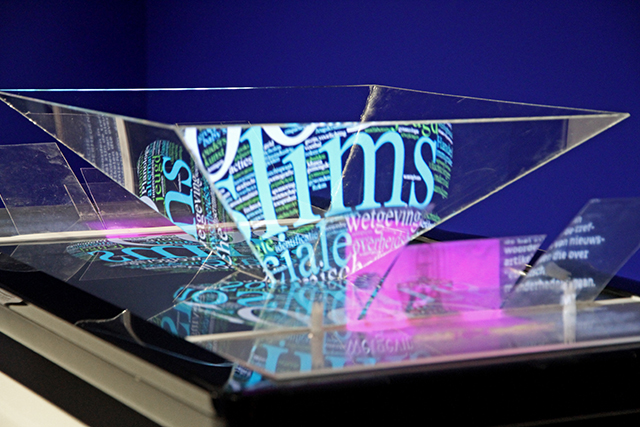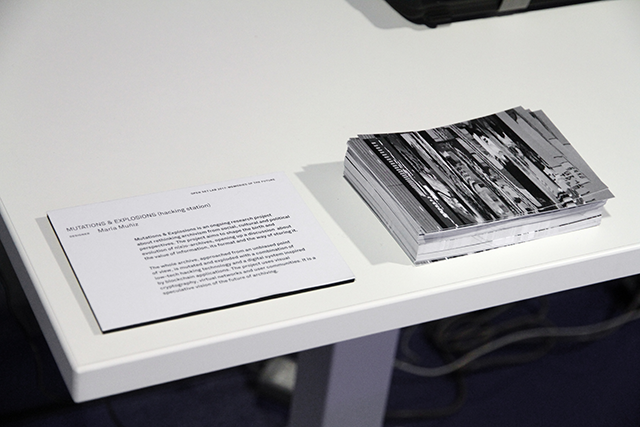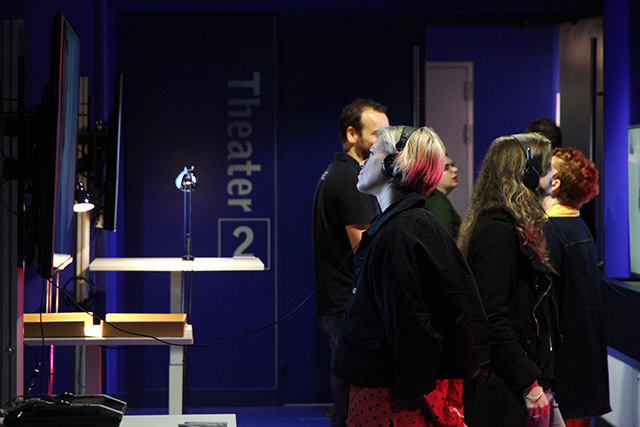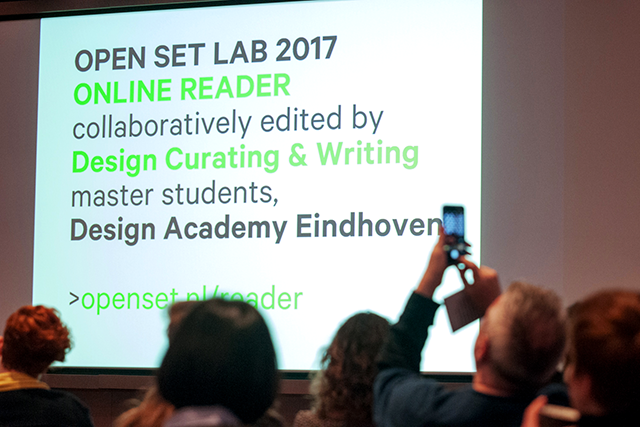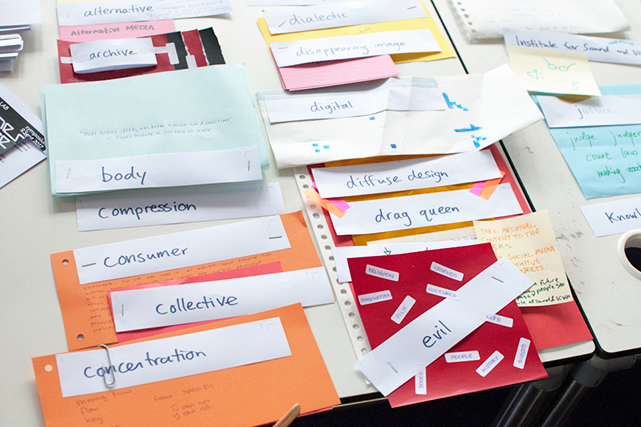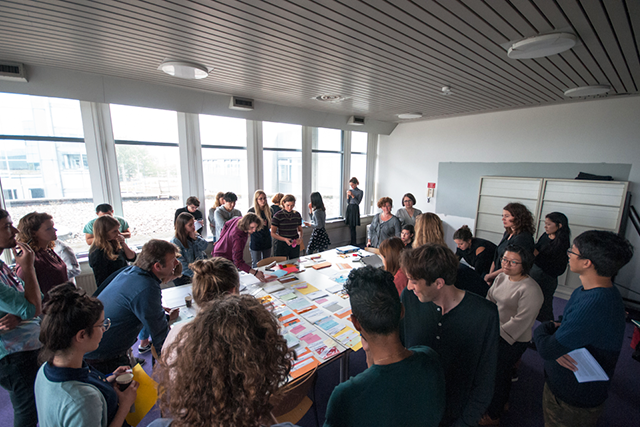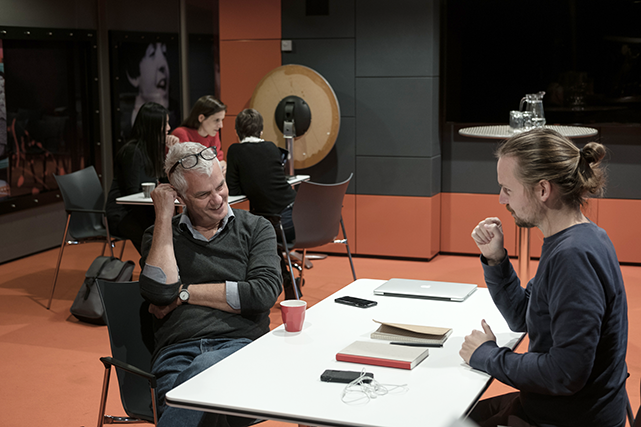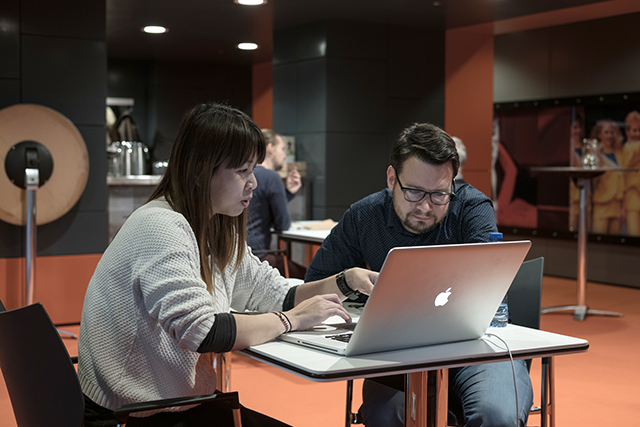Site-specific Lab is a thematic research programme in which participants dive deep into the environmental and social complexities of a specific urban landscape and produce an individual work inspired by that context. Each programme closes with a public event, during which the participants engage a wider audience in their projects, thereby expanding their research beyond the confines of Open Set.
School for MultiSpecies Knowledges
May 14 – July 3, 2022
Zone2Source, Amstelpark, Amsterdam
The School for MultiSpecies Knowledges consisted of land-based situational artistic research, participatory forms of audience engagement, and public events series. Developed by Open Set and Zone2Source (a platform for art, nature and technology), the School transformed the Amstelpark into a territory for enquiry and experimentation between May 14 and July 3, 2022.
Netherlands-based artists, other practitioners and researchers working at the intersections of participatory art/design, critical pedagogies, environmental care and activism were invited to contribute to the School’s research trajectory: redefining what it is to be human on a multi-species planet.
Theme: School for MultiSpecies Knowledges
What tactics do we need to tune into the rhythms of other life around us? What happens when we consider our city inhabited by billions of lives instead of only millions of humans? What tools, vocabularies, practices, experiences and literacies appear when we start answering this question? How can we improve the way we live and work together on a shared multispecies planet? And what kind of public formats can we develop to bring people along in our explorations?
The School for MultiSpecies Knowledges brought together artists and designers with local enthusiasts, caretakers and specialists, activists, makers, thinkers, scholars, and curious visitors of the park to develop new multi-, cross- and anti-disciplinary tactics, habits and rituals to act within our multi-species cities. Through various levels of participation, we opened the programme to earthlings of different backgrounds and ages to explore together how we can better tune into the multiple scales and imageries of urban co-existences and co-dependencies of diverse living and technological organisms. Moving away from the binary human-nonhuman and nature-culture relations, our invitation was to look into the relational complexities between agencies in the city.
The emerging protocols, forms, durations, locations, topics, and modes of reflection were developed by a core group of participants over a 6-week period as the foundation of the School’s ‘curriculum-in-becoming’. We did not only strive for inclusivity across human cultures, abilities and genders – which will be a strong focus in the invitation of participants and audiences – but across species as well.
What kind of issues come to the fore when we see ourselves as a caring multi-species community? Which urgencies, ethics and practices do emerge from this? How can we preserve and develop such a community in a healthy, caring way? And which lexicons and experiences do artistic practices allow in creating an invitation to the public at large to be part of such an exploration of multi-species community building?
Credits
The programme was made possible through the support of Creative Industries Fund NL, Stichting DOEN and Pictoright Fonds.
LAB: Practicing Rhythm
Oct 2018–Feb 2019
Amsterdam Zuidoost (South East)
The LAB offered a context to develop new practice-based research projects within a seven-month programme ‘Fluid Rhythms’. The Lab aims to address the key practices and methods of ‘rhythm’ in the fields of arts, design, urban planning, performance, and humanities. Being situated in Amsterdam Zuidoost, Bijlmer neighborhood, supported by the local cultural institutions, and informed by people actively involved in the life of local communities, the programme provided a unique opportunity to work within the context of one of the most vibrant neighborhoods in Amsterdam, once envisioned as an urban utopia and (in)famous for being called the "city of the future".
Besides the practical programme of the LAB, the Fluid Rhythms programme also consists of a Summer School and Seminar.
Theme 2018–2019
Fluid Rhythms: Urban Networks and Living Patterns
Life in the city both repeats itself, and is constantly changing. Situated in the Bijlmer, one of Amsterdam's most vibrant neighborhoods, Open Set launched a special programme, dedicated to exploring the potential of rhythm in the city. The movement of bodies in space; financial transactions; the circulation of sounds, cells, and smells; changing social constructs that divide and connect people; the flow of microscopic substances—such looping patterns generate dynamic complex structures, or ‘rhythms’, that shift over time. In the words of Caroline Nevejan: “Where there is rhythm, there is life”. Understanding and working with such dynamic complexities requires careful attunement to the interactions between social, imagined, and physical realms.
The participants of this international and interdisciplinary programme engaged in the exploration on the potential of rhythm-led practices as common ground for research and artistic work. This means both providing tools to perceive rhythms, as well as tools to tap into their generative potential. Rhythms occur on multiple levels at the same time, in the macro-level structures of the city, within the cells of bodies, and in the interconnections between mind, emotion, brain and heartbeats. By investigating the intertwined patterns of change, a world of subtle complexity starts to reveal itself to us in how humans, machines, animals, and microbes interact and coexist.
The programme welcomed artistic interventions of any form, whether they are sound, food or image-based formats, performances or digital applications — offering the opportunity to discover new, invisible or forgotten rhythms, to find the points of friction and blind spots and to transform and harness the power for social and ecological change. Eventually, working with rhythms is a way of synchronizing our efforts in acting and living together in a network society.
Mentors and Speakers
- Heather Barnett — artist, researcher & educator
- Gavan Blau —cultural geographer & artist
- Sara Blokland — artist, researcher & curator
- Dash N’ Dem — design action group
- Uta Eisenreich — artist
- Adeola Enigbokan — artist & urbanist
- Shama Khanna — curator, writer & educator
- Helen Pritchard (Citizen Sense) — artist & researcher
- Shain Foundation — production house for music projects
- Thought Collider — art, design & research duo
- The Black Archives —archive for conversations, activities & literature
- Angelo Vermeulen — artist & researcher
Scientific Partners
The principal scientific partner for the 2018–2019 Open Set programme is the research group Designing Rhythm for Social Resilience (2018–2022), with affiliated institutions OIS Amsterdam, University of Amsterdam, Delft University of Technology, Amsterdam Institute for Advanced Metropolitan Solutions.
Location
The programme was contextualised around the modern, historical, social and environmental frameworks of one of the most vibrant neighborhoods – the Bijlmer in Amsterdam Zuidoost (South East). All events were hosted and supported by the municipality and local cultural centres, and informed by people actively involved in the life of local communities.
Credits
The programme is made possible by the support of the City of Amsterdam Zuidoost, Amsterdams Fonds voor de Kunst, Het Pauwhof Fonds, CBK Zuidoost, and has been organized in collaboration with the research group Designing Rhythm for Social Resilience (2018–2022). The visit of Heather Barnett is made possible by Het Nieuwe Instituut with support of the Ministry of Foreign Affairs.
Curatorial Team: Irina Shapiro and Mike Thompson
Design: Studio The Rodina Editor: Shailoh Phillips
Open Set Lab 2017
Memories of the Future: Exploration
into 1.000.000 Hours of Media Heritage
September 2017–January 2018
In the Netherlands and online anywhere
Open Set is pleased to announce Open Set Lab, a new research programme on the intersection between design, film, art and the humanities. The Lab runs from September 2017 until January 2018 and consists of lectures, interactive real-time sessions, and group critiques led by notable Dutch and international figures in design, art, and research. The programme provides a unique opportunity to fully access one of the largest audiovisual archives in Europe: the Netherlands Institute for Sound and Vision (television, radio, music, documentary films), containing factual and fictional narratives from 1898 to the present.
Open Set Lab offers participants flexibility through an innovative, hybrid learning environment: the programme operates in the online as well as physical realms, with dual headquarters at the Netherlands Institute for Sound and Vision at the Media Park in Hilversum and at the Master Institute at AKV|St.Joost in Den Bosch.
Participants can attend both physically at the headquarters and online via the Open Set Dahsboard platform. The real-time working sessions and group critiques will take place every two weeks on Fridays and Saturdays.
The five-month programme concludes with a public conference where participants can present their results.
The Lab is aimed at International designers, media artists, film makers, photographers and other cultural producers.
Being oriented towards analysis of the visuals and algorithms of the archive, the Dutch language is not a prerequisite for participating in the project.
Experts
- Ernst van Alphen (NL) — professor of literary studies
- Piet Bakker (NL) — lector mass media and digitisation
- Tina Bastajian (USA/NL) — media artist
- Petr van Blokland (NL) — designer
- Carolyn Birdsall (NL) —assistant professor of media studies
- Sue Breakell (UK) — archivist and researcher
- Catalogtree (NL) — multidisciplinary design studio
- Annet Dekker (NL) — researcher, curator
- Sebastian Groes (UK) — senior lecturer in English literature
- Johan Grimonprez (BE) — multimedia artist, filmmaker
- Menno Grootveld (NL) — publisher, translator, journalist
- Lynda Hardman (NL) —professor of multimedia discourse interaction
- Arne Hendriks (NL) — designer, curator
- Mishka Henner (UK) — artist
- Jonas Lund (SE) — artist
- Matteo Marangoni (IT) — artist and curator
- !Mediengruppe Bitnik (DE/CH) — art group
- Daan Odijk (NL) — researcher
- Robert M Ochshorn (USA) — artist, researcher
- Rik Smit (NL) — lecturer media and journalism
- Martine Stig (NL) — visual artist
- Frank van der Stok (NL) — curator, editor
- ACED (former The Common Affairs) (NL) — platform for journalism & design
- Noam Toran (USA/NL) — filmmaker, designer
Theme: Memory of the Future
In light of the increasing complexity and uncertainty of the political, environmental and social challenges humanity is facing now, a growing number of events and publications are addressing the necessity and difficulty of envisioning alternative futures. There seems to be an urge for re-engaging with our heritage and memories, not only as the ‘source’ of the present condition but, paradoxically, as an instrument for planning the future. How can we de-mystify our historical conventions, re-contextualize our previous experience, give it new meaning based on present conditions and transform it for the future? How do we preserve the traces of the past, and how do we make sense of them in the digital age? Whether it be social network platforms, carefully curated collections, or state archives, how we archive and what we archive are unavoidable aspects that determine our memory.
The Lab investigates the power of agency held by designers and artists to create new tools, ways of thinking and visual or performative narratives that can reactivate our memory – and as a result, open up futuristic pluralities. However, the complexity of the global challenges described above calls for a concerted effort of research expertise in the domains of the arts, humanities, philosophy and technology.
The programme consists of three interconnected thematic trajectories:
1. Mutation of the nature, meaning and practice of archives in the digital era. The contemporary archive as an authority that narrates collective memories versus a territory for creating subjective memories and futuristic pluralities.
2. Visual strategies in audiovisual documents: the codified construction of events or facts. What role does fiction play in factual news reporting? The constructing of a public audience in the history of broadcasting: conventions, or contradictory evidence proposing an alternative public or alternative history of the same events?
3. Algorithmic nature of contemporary data archives: curatorial dimension of algorithms for analyzing, searching and distributing content; influence of computer learning mechanisms on the design of archival algorithms. The archival process and archival infrastructure: misuse and disruption of systems that predetermine the usual direction of viewing and navigation.
Programme benefits
- Unique opportunity to have full access to the Netherlands Institute of Sound and Vision Archive via an online interface, and to be supported by the experts and researchers of the Institute;
- ‘One-on-one’ interaction with and guidance from designers as well as artists, critics, and academics;
- Experience in developing a project from start to finish, contextualized around the Archive of Sound and Vision and executed in collaboration with an international network of young creative professionals.
Examples of potential projects could be models and prototypes of moderating, selecting and publishing an archive, visual and speculative essays built on the content of the archive, analysis of the visual strategies and ‘codes’ that have been used in Dutch television for more than a century, etc;
- Opportunity to present the final project during a public conference at the end of the programme and in the online publication;
- The online environment (Open Set Dashboard, Google G Suite, Milanote, etc.) allows participants to fully interact with their peers and tutors from anywhere in the world, while receiving all available to the participants attending physically.
This includes access to live feedback sessions and lectures, as well as the possibility to present their research during public events, in the Online Reader, and via other channels.
Lectures
Location
The programme operates in the online and physical realm, with dual headquarters at the Netherlands Institute for Sound and Vision at the Media Park in Hilversum and at the St. Joost Master Institute in Den Bosch.
Credits
The programme is made possible by the support of Het Pauwhof Fonds and organized in collaboration with the Netherlands Institute for Sound and Vision, the Master Institute at AKV|St.Joost and the Master in Design Curating & Writing at the Design Academy Eindhoven.
Design: Studio The Rodina
